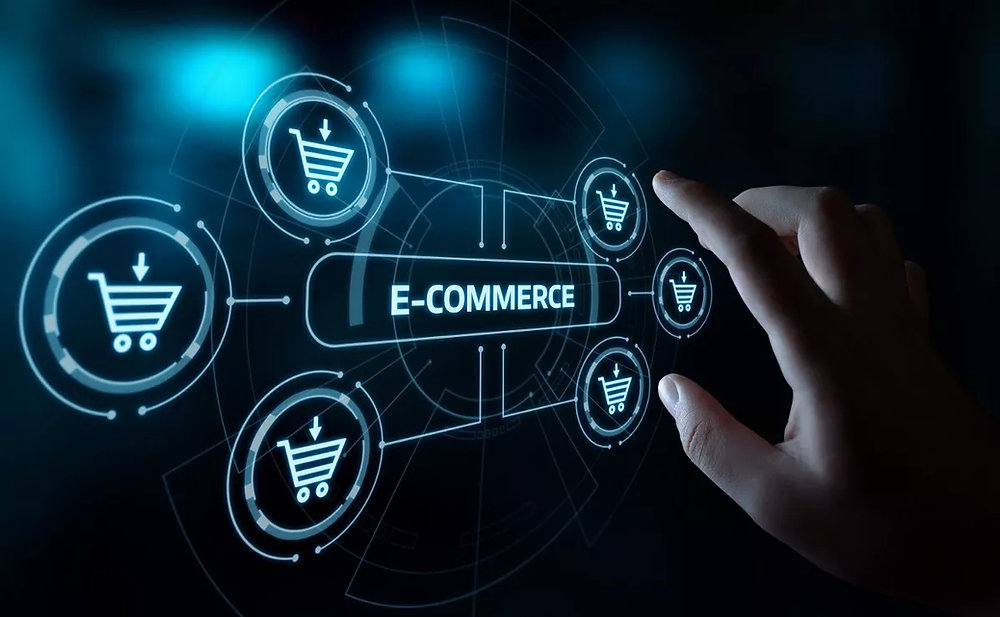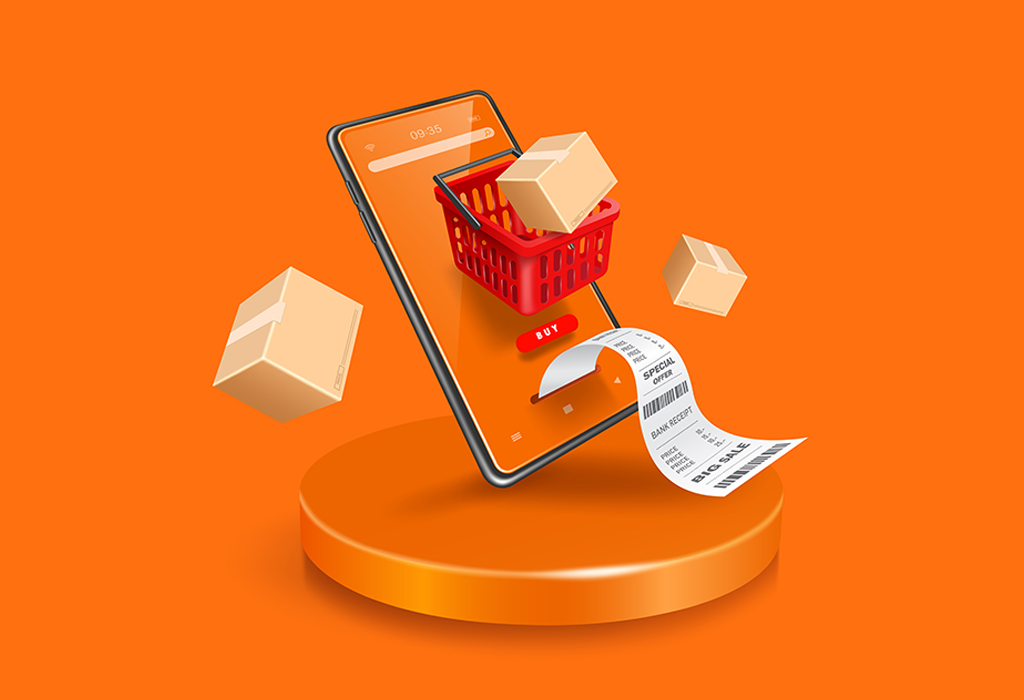From local shop owners to huge businesses, everyone is looking to create a presence in the online business world. The future of e-commerce can be considered to be bright, and the best time to enter the domain is now!

I. Understanding E-commerce Business
1. Definition
E-commerce, short for electronic commerce, refers to the buying and selling of goods or services over the internet. It involves transactions between businesses (B2B), between businesses and consumers (B2C), or even between consumers themselves (C2C). For example, when you purchase a book from an online bookstore like Amazon, that’s a typical B2C e-commerce activity. And when two companies trade raw materials or products through an online platform, it’s B2B e-commerce.
2. Types of E-commerce Models
- Business-to-Consumer (B2C): This is the most common model that we encounter daily. Online retailers like Alibaba’s Taobao or JD.com offer a wide range of products to individual consumers. They usually have user-friendly interfaces, easy payment options, and fast delivery services to attract customers.
- Business-to-Business (B2B): Here, businesses trade with other businesses. For instance, a clothing manufacturer may purchase fabrics from a textile supplier through an online B2B marketplace. These transactions often involve larger quantities and more complex negotiations compared to B2C.
- Consumer-to-Consumer (C2C): Platforms like eBay allow individuals to sell their used or new items to other consumers. Sellers list their products, and buyers bid or directly purchase them.
II. Advantages of Starting an E-commerce Business
1. Global Reach
- With an e-commerce store, you can sell your products or services to customers all around the world. There’s no geographical limitation like in a traditional brick-and-mortar store. For example, a small handicraft business based in a rural area can now reach international customers through platforms like Etsy.
- You can target specific markets based on different countries’ demands and preferences by using appropriate marketing strategies.

2. Lower Costs
- There’s no need to rent a physical storefront, which saves a significant amount of money on rent, utilities, and staff for in-store operations. You can manage your inventory in a warehouse or even use dropshipping models to further reduce inventory holding costs.
- Marketing can also be more cost-effective through digital channels like social media advertising and search engine optimization compared to traditional advertising methods.
3. 24/7 Availability
Your e-commerce store is open all day and night. Customers can place orders at any time that’s convenient for them. This increases the chances of making sales as it caters to different time zones and people’s busy schedules.
III. Steps to Build Your E-commerce Business
1. Choose Your Niche and Products
- Research market trends to identify a profitable niche with growing demand. You can use tools like Google Trends or industry reports. For example, if you notice that the demand for eco-friendly home products is rising, you might consider focusing on that area.
- Select high-quality products that offer value to your customers. You can source them from manufacturers, wholesalers, or even create your own branded products.
2. Set Up Your Online Store
- Select an e-commerce platform like Shopify, WooCommerce (for WordPress websites), or Magento depending on your budget and technical skills. These platforms offer various templates and customization options to create an attractive and functional store.
- Customize your store’s design, add product descriptions, images, and set up payment and shipping options. Make sure the user experience is seamless and intuitive.
3. Marketing and Promotion
- Use social media platforms to build brand awareness and engage with your target audience. Share product photos, customer testimonials, and special offers regularly.
- Optimize your website for search engines (SEO) so that it ranks higher in search results when potential customers look for relevant products. You can focus on keyword research and creating quality content.

E-commerce offers a world of opportunities for entrepreneurs and businesses alike. By understanding what it is and following the right steps to build your online business, you can tap into this growing market and achieve success. Don’t hesitate to take the plunge and start your e-commerce journey now!





